Tuscany, located in central Italy, is a region known for its breathtaking landscapes, rich cultural heritage, and exquisite cuisine. From picturesque rolling hills and vineyards to magnificent art cities and charming medieval towns, Tuscany offers a diverse range of experiences for travelers. With its iconic landscapes, world-renowned art, and exceptional gastronomy, Tuscany has long been a favorite destination for travelers seeking an authentic Italian experience. From the historic city of Florence, with its magnificent Renaissance architecture, to the enchanting hilltop towns of Siena and San Gimignano, Tuscany offers a wealth of cultural treasures waiting to be discovered. Whether you’re exploring the picturesque countryside, indulging in Tuscan cuisine and wine, or immersing yourself in the region’s artistic heritage, Tuscany promises a truly unforgettable journey.
History & Culture:
Tuscany has a rich and storied history that dates back to ancient times. The region was once inhabited by the Etruscans, an advanced civilization that flourished in central Italy before the rise of the Roman Empire. Over the centuries, Tuscany became a hub of artistic and intellectual activity during the Renaissance, producing renowned figures such as Leonardo da Vinci and Michelangelo. Today, the legacy of this cultural golden age is evident in the region’s art, architecture, and historic landmarks. From the magnificent Florence Cathedral (Duomo) to the Uffizi Gallery and the Leaning Tower of Pisa, Tuscany is a living testament to its illustrious past.
Weather and Best Time to Visit:
Tuscany enjoys a Mediterranean climate, characterized by hot summers and mild winters. The best time to visit Tuscany is during the spring (April to June) and autumn (September to October) when the weather is pleasant, and the landscapes are at their most vibrant. These seasons offer comfortable temperatures for outdoor activities, sightseeing, and wine tasting. Summer (July and August) can be quite hot, especially in the cities, but it is also a popular time for festivals and cultural events. Winter (December to February) is the low season, with cooler temperatures and fewer tourists, making it an ideal time to explore Tuscany’s cultural sites and enjoy the region’s cozy atmosphere.
How to Reach:
Tuscany is well-connected to major Italian cities and international destinations. The region has two international airports: Florence Airport (Peretola) and Pisa Airport (Galileo Galilei). Both airports offer regular flights to and from major European cities. Additionally, Tuscany can be reached by train from other Italian cities, with Florence serving as a major rail hub. Traveling by car is also a popular option, as it allows for greater flexibility and the opportunity to explore the region’s scenic countryside. Tuscany has an extensive network of highways and well-maintained roads, making it easily accessible by car.
Local Transportation Available:
Once in Tuscany, various transportation options are available to explore the region. Tuscany has an efficient public transportation system, including trains and buses that connect major cities and towns. The train network is particularly convenient for traveling between cities like Florence, Pisa, Siena, and Lucca. Buses offer access to smaller towns and villages that may not have direct train connections. Taxis and car rentals are also readily available for more flexible transportation. However, it’s worth noting that some smaller towns and rural areas may have limited public transportation options, so planning ahead is advisable.
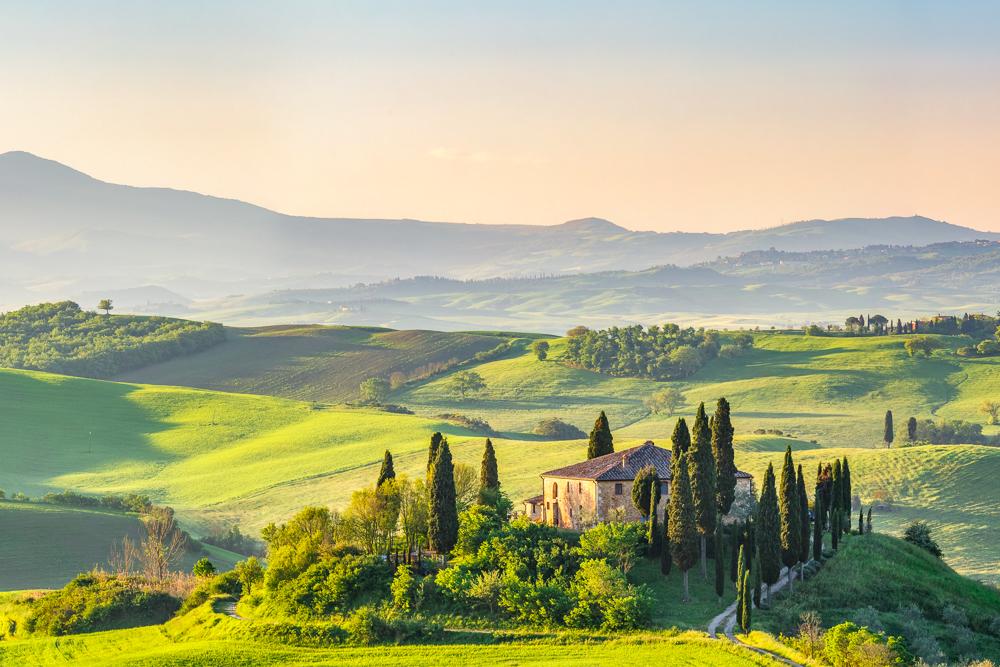
Popular Must-Visit Tourist Attractions:
- Florence: The capital of Tuscany and a treasure trove of art and architecture, with must-visit attractions such as the Duomo, Uffizi Gallery, and Ponte Vecchio.
- Pisa: Known for its iconic Leaning Tower and Piazza dei Miracoli, which also includes the Cathedral and Baptistery.
- Siena: A UNESCO World Heritage site famous for its medieval cityscape and the Piazza del Campo, home to the annual Palio horse race.
- San Gimignano: A beautifully preserved medieval town with its iconic towers, offering stunning views of the surrounding countryside.
- Lucca: Encircled by Renaissance-era walls, Lucca is known for its charming historic center, cobblestone streets, and well-preserved city walls.
- Val d’Orcia: A picturesque valley dotted with rolling hills, cypress trees, and vineyards, offering stunning landscapes and a tranquil atmosphere.
- Cinque Terre: Although not in Tuscany proper, this UNESCO World Heritage site is a series of five colorful fishing villages perched along the Ligurian coastline, known for its scenic hiking trails and breathtaking views.
- Chianti Wine Region: A renowned wine region known for its vineyards, wineries, and charming towns, where you can enjoy wine tasting and explore picturesque landscapes.
- Cortona: A hilltop town made famous by the book and movie “Under the Tuscan Sun,” offering panoramic views and a rich artistic heritage.
- Arezzo: Home to beautiful churches, medieval architecture, and the famous frescoes of Piero della Francesca in the Basilica of San Francesco.
- Volterra: An ancient hilltop town known for its Etruscan ruins, Roman theater, and medieval architecture, offering a glimpse into Tuscany’s past.
- Montepulciano: A medieval hill town renowned for its Vino Nobile wine, historic buildings, and breathtaking views over the surrounding countryside.
- Pienza: A small town known for its Renaissance architecture, charming streets, and its role as a backdrop for several films, including “The English Patient.”
- Elba Island: Located off the coast of Tuscany, this beautiful island offers pristine beaches, crystal-clear waters, and historic sites linked to Napoleon Bonaparte’s exile.
- The Marble Quarries of Carrara: A unique experience where you can witness the extraction of Carrara marble and learn about its use in famous sculptures throughout history.
- Prato Cathedral: A stunning example of Romanesque and Gothic architecture, featuring beautiful frescoes and a soaring bell tower.
- Pistoia: A charming town known for its medieval center, Renaissance architecture, and vibrant weekly market.
- Certaldo: Birthplace of the famous poet Boccaccio, this town offers a medieval atmosphere and hosts the annual Mercantia festival, showcasing street performances and artisan crafts.
- The Baths of Saturnia: Natural hot springs in the Maremma region, known for their therapeutic properties and picturesque surroundings.
- Abbey of San Galgano: A striking roofless abbey with a legendary sword in the stone, immersed in the peaceful Tuscan countryside.
Popular Must-Do Activities:
- Explore the historic center of Florence on foot, visiting famous sites such as the Piazza della Signoria, Pitti Palace, and Boboli Gardens.
- Take a guided tour of the Uffizi Gallery in Florence to admire masterpieces by artists such as Botticelli, Leonardo da Vinci, and Michelangelo.
- Attend a classical music concert or opera performance at one of the historic venues in Florence, such as the Teatro del Maggio Musicale Fiorentino.
- Walk along the ancient city walls of Lucca and rent a bicycle to cycle around the town’s charming streets.
- Visit a vineyard in the Chianti wine region and indulge in wine tasting, accompanied by traditional Tuscan cuisine.
- Take a cooking class in Tuscany and learn to prepare authentic Italian dishes using fresh local ingredients.
- Attend the Palio di Siena, a thrilling horse race held twice a year in the Piazza del Campo, representing the city’s historic rival neighborhoods.
- Explore the charming hilltop town of San Gimignano, known for its medieval towers, and enjoy panoramic views from the Torre Grossa.
- Experience a hot air balloon ride over the Tuscan countryside for a breathtaking aerial view of the vineyards and landscapes.
- Walk along the Via Francigena, an ancient pilgrimage route that passes through Tuscany, offering scenic paths and historic landmarks.
- Take a leisurely bike ride through the Val d’Orcia, exploring the idyllic countryside and picturesque towns.
- Discover the Tuscan Archipelago by boat, visiting islands such as Elba, Giglio, and Capraia for their stunning beaches and crystal-clear waters.
- Take a guided tour of the Leaning Tower of Pisa and marvel at the architectural marvels of the Piazza dei Miracoli.
- Attend a traditional Palio horse race in Arezzo, an ancient competition held annually since the 16th century.
- Explore the underground tunnels and caves of the Antro del Corchia, one of the largest cave systems in Italy.
- Visit the Carrara Marble Quarries and learn about the extraction and processing of the world-famous Carrara marble.
- Embark on a wine tour in the Brunello di Montalcino region, tasting the renowned Brunello wines and visiting vineyards.
- Hike or bike through the picturesque landscape of the Maremma region, visiting nature reserves, hot springs, and coastal areas.
- Take a scenic drive along the Strada del Vino Terre di Arezzo, passing through vineyards, olive groves, and charming Tuscan villages.
- Attend the Giostra del Saracino in Arezzo, a medieval jousting tournament held twice a year, showcasing equestrian skills and historical reenactments.
Popular Fun & Entertainment Parks and Adventure Parks:
- Cavallino Matto: Located in Marina di Castagneto Carducci, this amusement park offers a variety of rides, attractions, and shows for all ages.
- Pinocchio Park: Located in Collodi, this park celebrates the famous wooden puppet with various themed attractions, including a puppet theater and a maze.
- Acqua Village: With two locations in Cecina and Follonica, Acqua Village is a water park featuring pools, water slides, and entertainment for the whole family.
- Il Giardino Sospeso: Located in San Romano in Garfagnana, this adventure park offers thrilling activities such as zip-lining, tree-top courses, and climbing walls.
- Adventure Park in Rapolano Terme: This park offers a range of adventure activities, including rope courses, tree climbing, and zip-lining.
- Cavallino Rampante Karting: Located in Montevarchi, this karting track is perfect for adrenaline enthusiasts looking for an exciting racing experience.
Popular Food and Drinks:
- Bistecca alla Fiorentina: A traditional Tuscan dish, a thick-cut T-bone steak grilled to perfection and seasoned with salt, pepper, and olive oil.
- Ribollita: A hearty Tuscan soup made with bread, vegetables, and beans, often served during the colder months.
- Pappardelle al Cinghiale: Wide pasta ribbons served with a rich ragu sauce made from wild boar, a popular Tuscan delicacy.
- Panzanella: A refreshing summer salad made with stale bread, tomatoes, cucumber, red onions, basil, and olive oil.
- Cantucci: Traditional almond biscuits often served with Vin Santo, a sweet dessert wine.
- Lampredotto: A popular street food in Florence, lampredotto is a sandwich made with thinly sliced tripe and served with a spicy sauce.
- Pecorino Toscano: A delicious Tuscan sheep’s milk cheese, often enjoyed with honey or in pasta dishes.
- Chianti Wine: One of the most famous Tuscan wines, known for its rich red color and fruity flavor. It pairs perfectly with Tuscan cuisine.
- Vin Santo: A sweet dessert wine typically served with cantucci biscuits for dipping.
- Gelato: A quintessential Italian treat, gelato is available in a wide variety of flavors and is a must-try when in Tuscany.
Popular Restaurants and Bars:
- Enoteca Pinchiorri (Florence): A renowned Michelin-starred restaurant offering an exceptional fine dining experience and an extensive wine list.
- Trattoria Mario (Florence): A beloved local trattoria known for its authentic Tuscan dishes and lively atmosphere.
- Osteria di Passignano (Badia a Passignano): Located in the Chianti region, this Michelin-starred restaurant offers gourmet Tuscan cuisine and breathtaking views.
- La Bottega del Buon Caffè (Florence): A Michelin-starred restaurant that combines Tuscan flavors with innovative culinary techniques.
- Buca Lapi (Florence): A historic trattoria serving traditional Tuscan dishes in a rustic and charming setting.
- Antica Macelleria Cecchini (Panzano): This butcher shop and restaurant is famous for its high-quality meats and the charismatic owner, Dario Cecchini.
- Il Latini (Florence): A classic Florentine trattoria known for its convivial atmosphere and generous portions of traditional Tuscan fare.
- Osteria All’Antico Vinaio (Florence): A popular spot for delicious panini filled with traditional Tuscan ingredients, perfect for a quick and tasty meal.
- Trattoria Da Burde (Florence): A family-run trattoria that has been serving traditional Florentine cuisine for over 100 years.
- Cibrèo (Florence): A renowned restaurant offering a contemporary take on Tuscan cuisine, with a focus on using local and seasonal ingredients.
Nightlife and the Most Popular Nightclubs:
- Yab Disco Club (Florence): A popular nightclub in the heart of Florence, known for its vibrant atmosphere and diverse music genres.
- Space Club (Montecatini Terme): One of the largest nightclubs in Tuscany, featuring international DJs and a spacious dance floor.
- Tenax (Florence): A legendary club that has been a hub of electronic music in Florence for over 30 years, hosting renowned DJs and live performances.
- Central Park (Forte dei Marmi): Located in the coastal town of Forte dei Marmi, this club offers an upscale nightlife experience with live music and a chic ambiance.
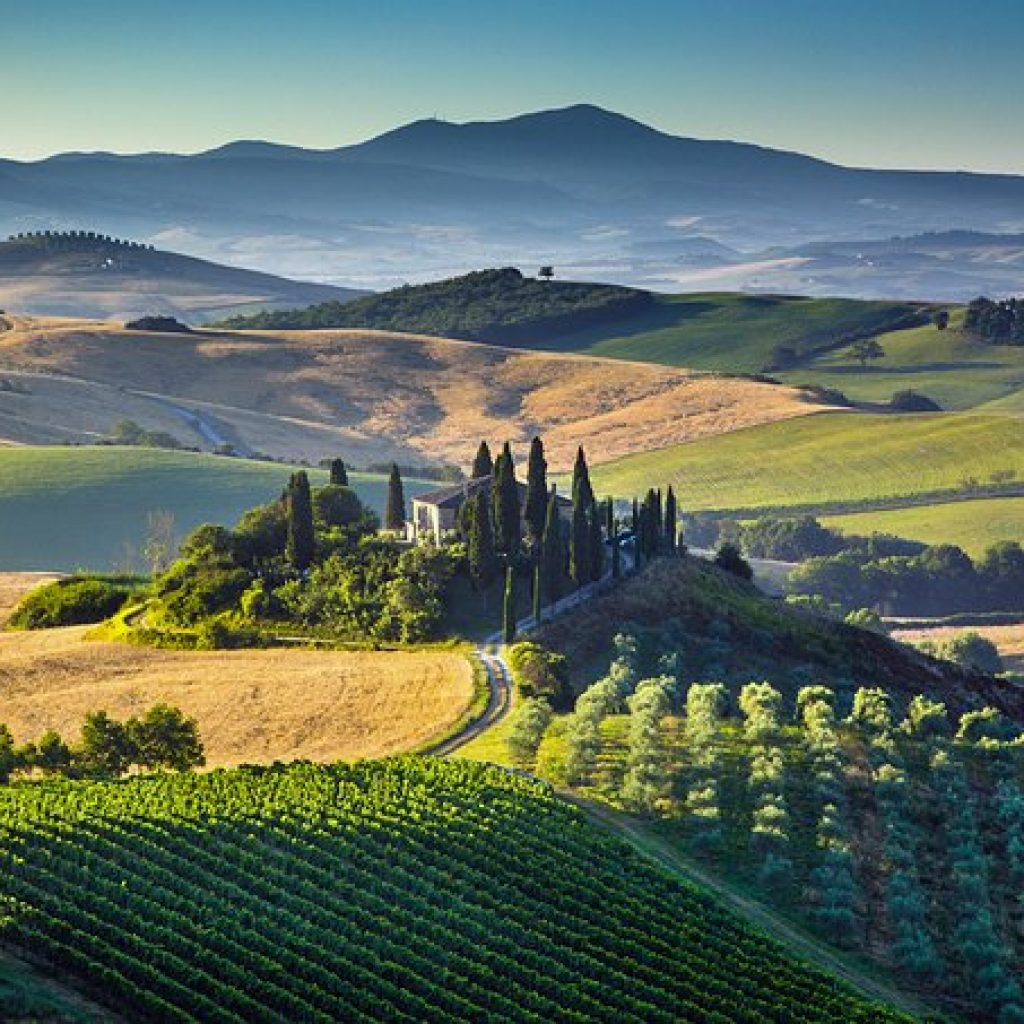
Popular Shopping Centers, Markets, etc.:
- The Mall Luxury Outlet (Leccio Reggello): An upscale shopping outlet featuring a wide range of luxury brands at discounted prices.
- San Lorenzo Market (Florence): A bustling market offering a variety of goods, including leather products, clothing, accessories, and souvenirs.
- Mercato Centrale (Florence): Located inside a historic building, this food market is a food lover’s paradise, offering a wide selection of fresh produce, meats, cheeses, and local specialties.
- Ponte Vecchio (Florence): This iconic bridge is lined with jewelry shops, offering a unique shopping experience for luxury goods.
- Via de’ Tornabuoni (Florence): One of the most elegant shopping streets in Florence, home to high-end fashion boutiques and luxury brands.
- The Mall Outlet (Incisa in Val d’Arno): Another popular outlet shopping destination, featuring a range of fashion and lifestyle brands.
- Maremma Outlet Village (Grosseto): An open-air shopping village with a variety of fashion, sports, and home goods stores.
- Prada Outlet (Montevarchi): A must-visit for fashion enthusiasts, offering discounted Prada products in a spacious and modern setting.
Museums, Educational Institutions:
- Uffizi Gallery (Florence): One of the world’s most renowned art museums, housing a vast collection of masterpieces from the Renaissance period.
- Accademia Gallery (Florence): Home to Michelangelo’s famous sculpture, “David,” as well as other significant Renaissance artworks.
- Palazzo Pitti (Florence): A grand palace housing several museums and galleries, including the Palatine Gallery and the Boboli Gardens.
- Museo Galileo (Florence): An interactive museum dedicated to the history of science, featuring a collection of scientific instruments and artifacts.
- National Archaeological Museum of Florence: A museum that showcases Etruscan, Roman, and Egyptian artifacts, providing insight into ancient civilizations.
- University of Florence: One of Italy’s oldest and most prestigious universities, offering a range of academic programs and cultural events.
- Siena Cathedral Museum: Located within the magnificent Siena Cathedral, the museum displays important artworks and religious artifacts.
- Medici Chapels (Florence): The chapels contain the tombs of the influential Medici family and feature stunning Renaissance sculptures.
Safety for Tourists and Do’s & Don’ts:
Tuscany, like any other tourist destination, has its safety considerations. It’s advisable to take standard precautions, such as being mindful of your belongings in crowded areas, using reputable transportation services, and staying aware of your surroundings. It’s also important to follow local regulations and guidelines, especially in relation to COVID-19. As for do’s and don’ts, it’s respectful to dress modestly when visiting religious sites and to avoid loud and disruptive behavior in public spaces. Additionally, it’s courteous to greet locals with a simple “buongiorno” or “buonasera” (good morning or good evening) and to learn a few basic Italian phrases to enhance your interactions with locals.
Environment and Sustainable Tourism:
Tuscany values its natural and cultural heritage and promotes sustainable tourism practices. Many wineries and agricultural farms in the region follow organic and biodynamic farming methods. Tuscany is also home to several nature reserves and protected areas, such as the Maremma Regional Park and the Apuan Alps Natural Park, where visitors can explore the region’s diverse flora and fauna. Travelers are encouraged to support local businesses, choose eco-friendly accommodations, and respect the environment by minimizing waste and conserving water and energy during their stay.
General Information:
- Language: Italian (English is spoken in tourist areas)
- Religion: Predominantly Christianity (Catholicism)
- Population: Approximately 3.8 million people
- Public Holidays: Major holidays include Christmas, Easter, and national holidays such as New Year’s Day (January 1st) and Liberation Day (April 25th).
- Water: Tap water is generally safe to drink, but bottled water is widely available.
- Electricity: Standard European voltage of 220-240V; outlets accept Type C and Type F plugs.
- Mobile and Internet: Mobile coverage is widespread, and Wi-Fi is available in most hotels, cafes, and public spaces.
- Health Services: Tuscany has a reliable healthcare system with public and private medical facilities.
- Postal Service: Post offices (uffici postali) are available in most towns and cities for mailing letters and packages.
- Suitable Clothing: Dress comfortably and in layers, depending on the season. Respectful attire is appropriate when visiting religious sites.
- Banks: Banks are widely available throughout Tuscany and generally open from Monday to Friday. ATMs are also plentiful.
Tuscany offers a captivating blend of art, history, culinary delights, and natural beauty, making it a dream destination for travelers. Whether you’re exploring the art-filled streets of Florence, savoring the flavors of Chianti wine country, or getting lost in the charm of its medieval towns, Tuscany promises an unforgettable journey that will leave you with lasting memories and a deep appreciation for this captivating region of Italy.
Book Your Flights : Here 30% OFF on Booking
Book Your Hotels : Here 20% OFF on Booking


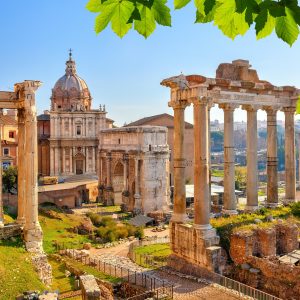

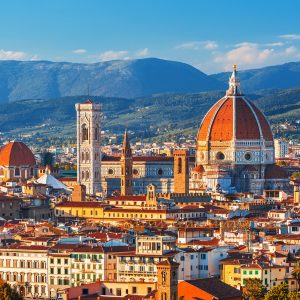
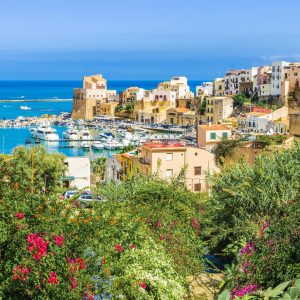
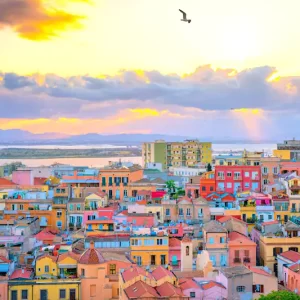
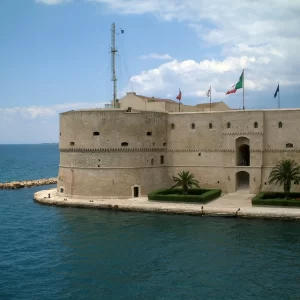
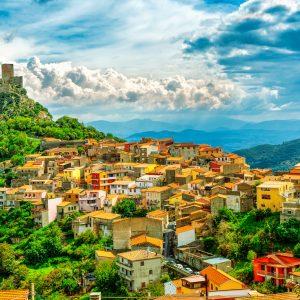
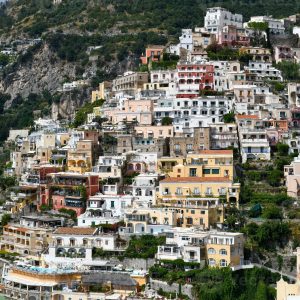
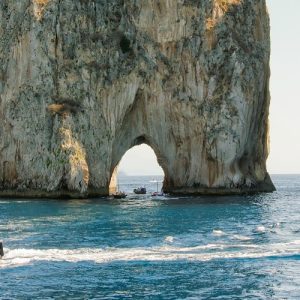
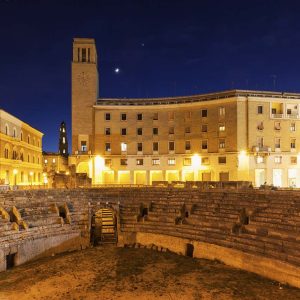
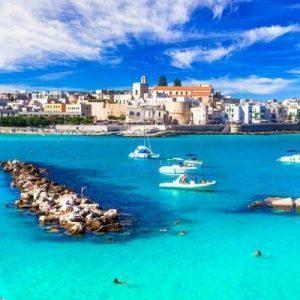
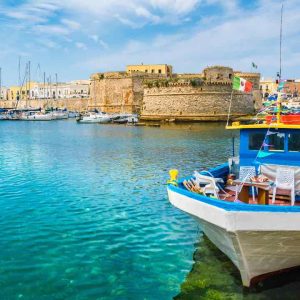
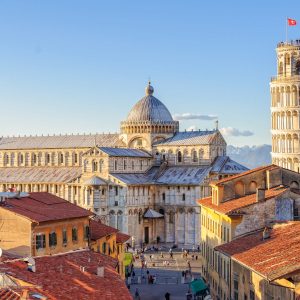
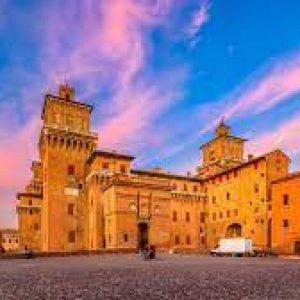
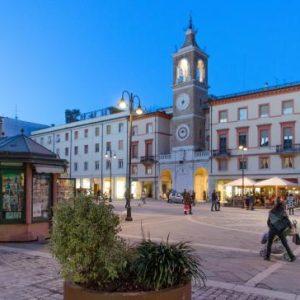
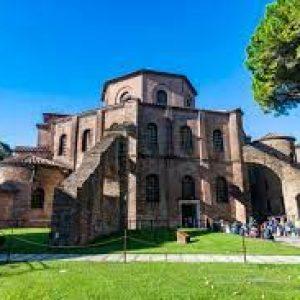
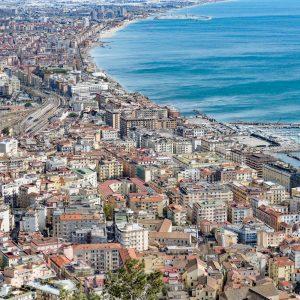
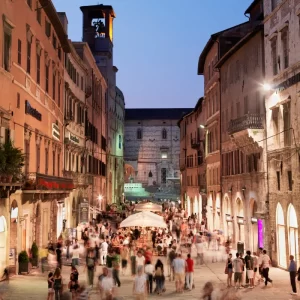
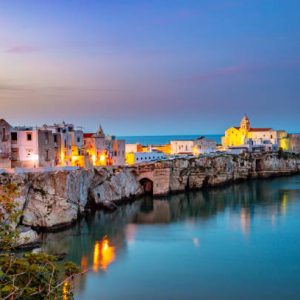
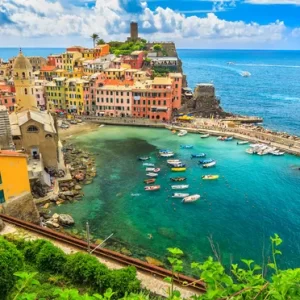
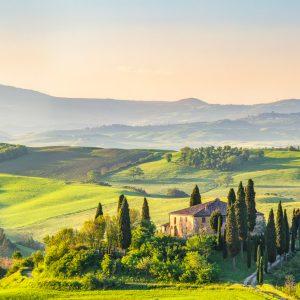
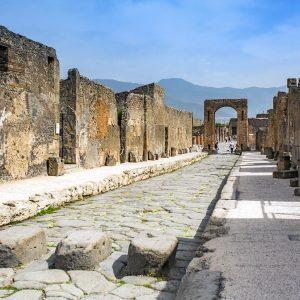
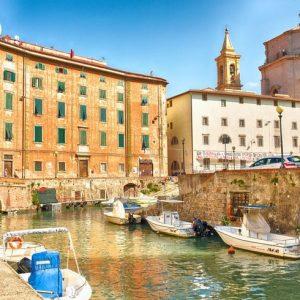
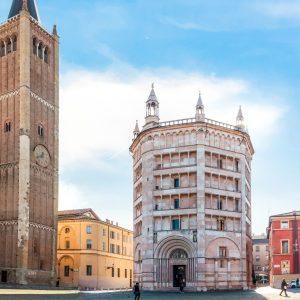
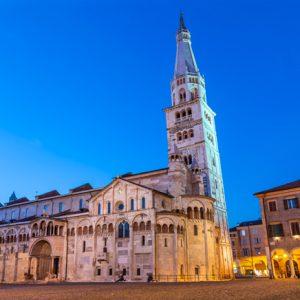
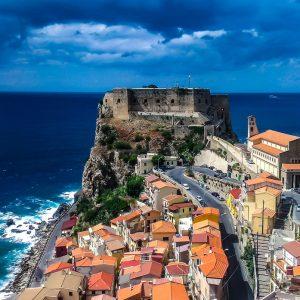
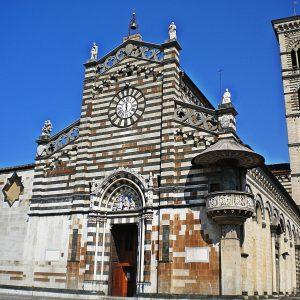
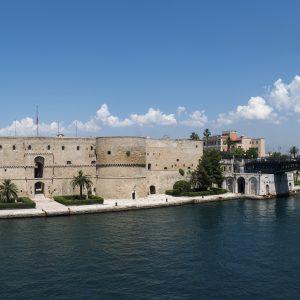
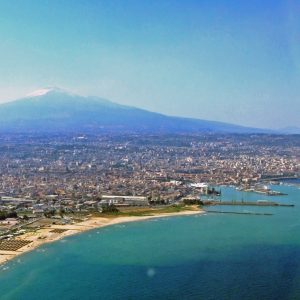
0 Comment